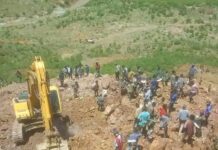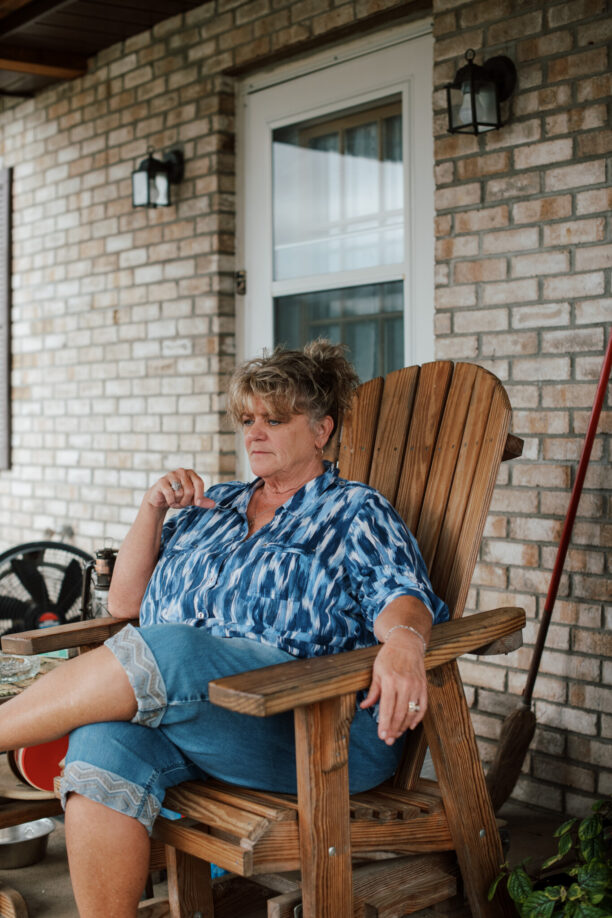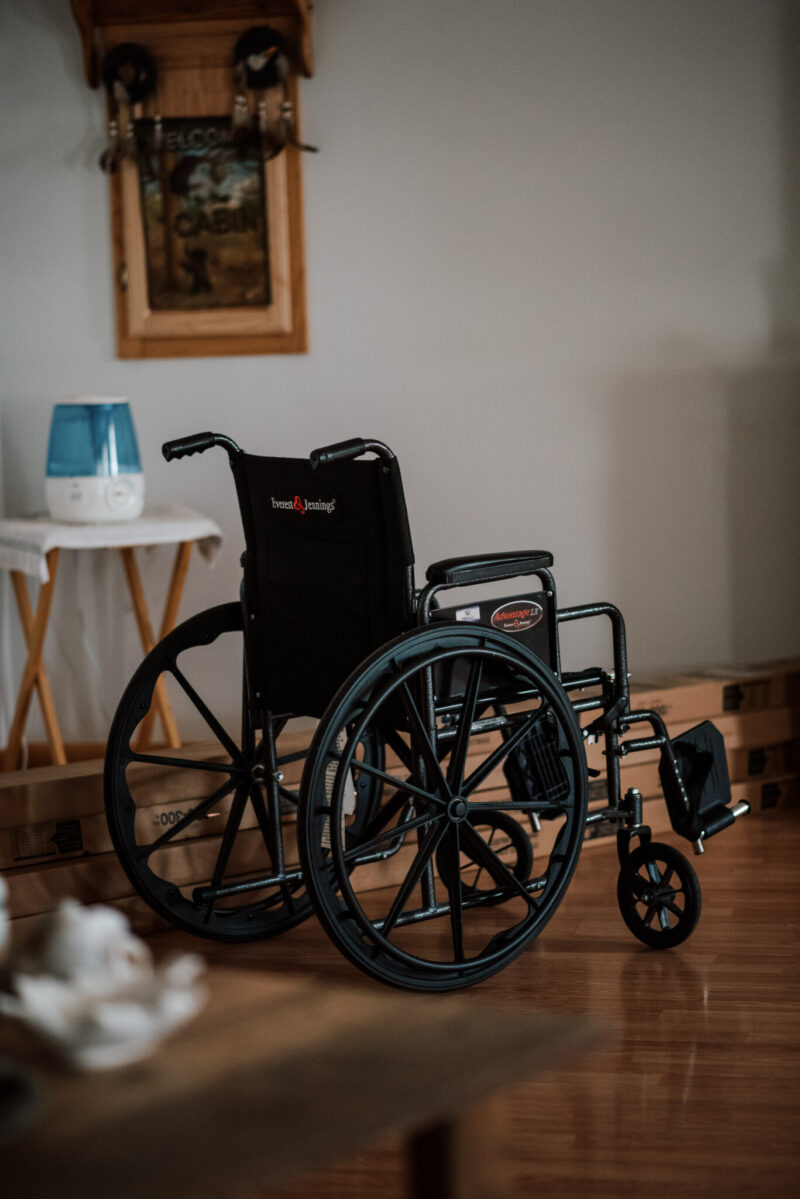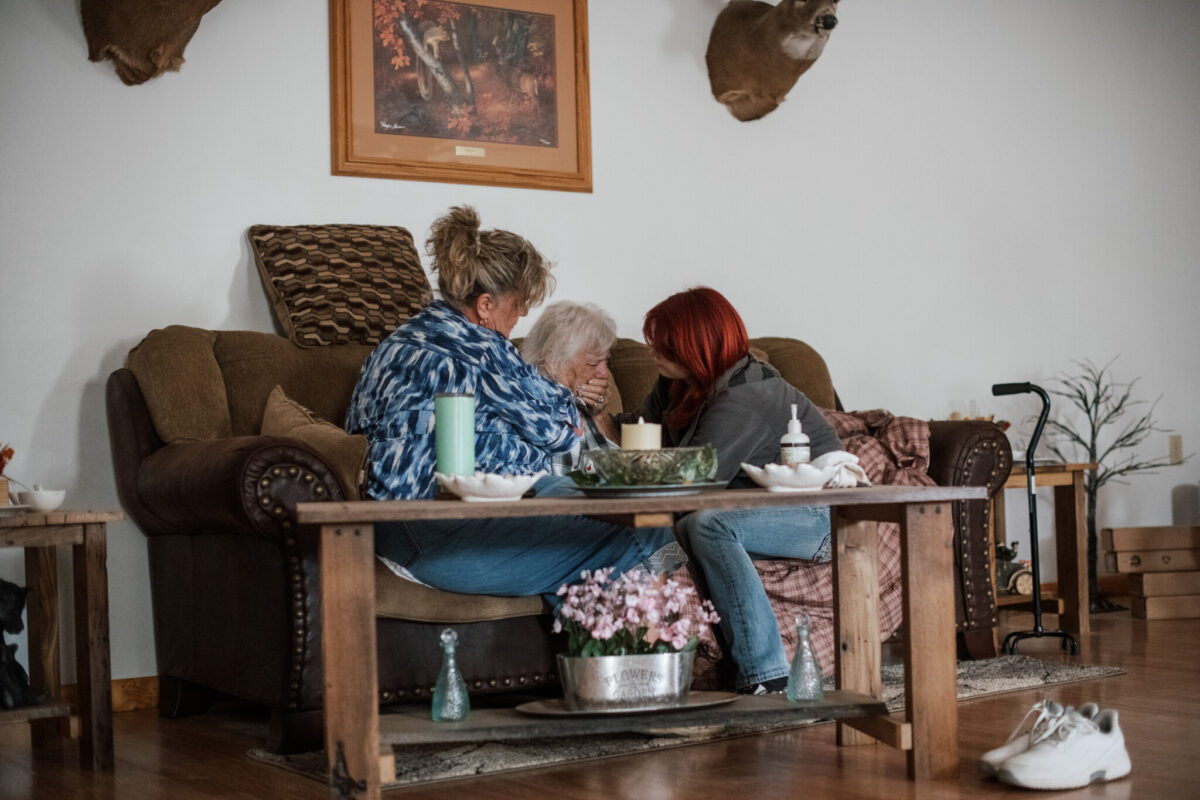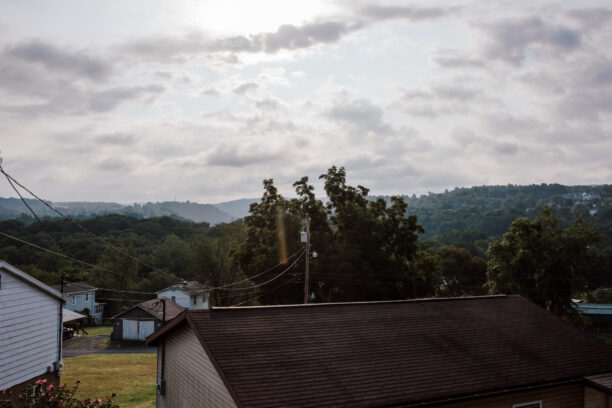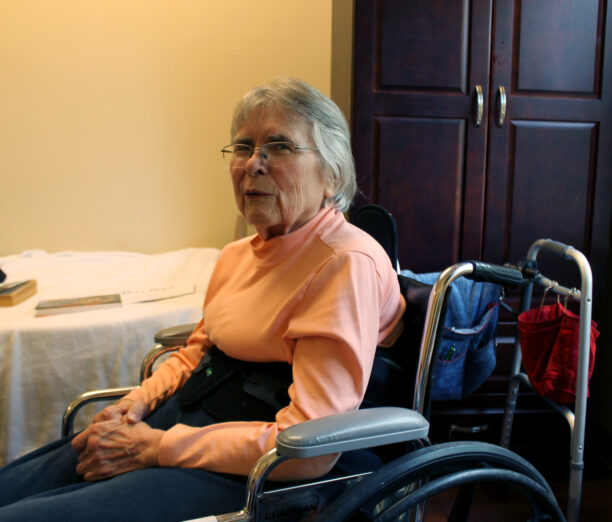Despite the positive depictions of CPR in televised medical dramas, it often fails to meaningfully extend life, especially for older people in frail bodies. Between 12 and 29 percent of older patients who undergo resuscitation after cardiac arrest in the hospital survive to discharge, according to a 2021 literature review of studies conducted globally, including in the United States. The review’s authors found that for those who had cardiac arrest out of the hospital, less than 11 percent survived. Even when people do survive, they often have brain damage.
Decades before Cliff Robson’s health declined, he knew he didn’t want to be resuscitated. A retired electric motor repairman in Poynette, Wis., Mr. Robson had an active life — gardening, playing cards with friends, plowing through books at the local library. He explained to his son, Craig Robson, that he didn’t want to prolong his life if the quality was low.
By 71, Cliff’s health had deteriorated because of congestive heart failure. While in the hospital preparing for a valve replacement, his vital signs worsened. His son waited in another room, and when someone called a code blue, his heart dropped — he knew it was for his dad. Minutes later, a nurse led Craig into a lounge to tell him the team had performed CPR on his father and restarted his heart. “Whoa, hold on,” he remembers saying. “He didn’t want that.”
The medical team seemed not to have known about Cliff’s D.N.R. Though they had stabilized his heartbeat, he had sustained multiple broken ribs and hadn’t regained consciousness. A brain scan revealed minimal activity. Craig stood by his father’s hospital bed and thought he saw Cliff shaking his head no. “He’s just telling me that he didn’t want this to be like this,” Craig said.
"He's just telling me he doesn't want to be like this."
Craig Robson Tweet
Craig had to decide whether or not his father should receive a feeding tube, a “heroic measure” he wouldn’t have wanted. He withheld the tube and moved his father to hospice, where he slowly slipped toward death. Craig visited his dad each day after work, but he never woke up. “We had people come down to see him, but he didn’t realize anybody was there,” Craig said. “There was nothing we could do.” More than a week later, he answered an early call from the hospice facility: His dad had died.



